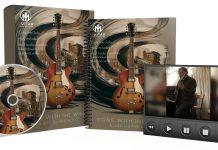This post may contain affiliate links. As an Amazon associate, Google associate as well as associate for other programs, Guitar & Music Institute may earn commissions from qualifying purchases.
If you find that terms such as keys, tonal centers, and diatonic chord progressions have you baffled, then read on as we demystify the chord/scale relationship at the heart of tonal music.
The world of music theory can sometimes feel overwhelming, with concepts and terminology that can seem complex and confusing. But fear not! In this article, we will break down the essentials of diatonic chord theory, giving you a solid foundation to understand chord progressions, harmony, and how they all come together in tonal music.
At the heart of diatonic chord theory is the understanding of chords derived from the notes of the major scale. By exploring the relationships between these chords and the corresponding notes of the scale, we can unlock the secrets of functional harmony and create captivating musical compositions.
Whether you’re a beginner musician or simply an enthusiast looking to deepen your music education, this article will guide you through the fundamentals of diatonic chord theory. Get ready to expand your musical repertoire and gain a new perspective on the power of chord progressions and harmonic structures.
Key Takeaways:
- Diatonic chord theory is crucial for understanding chord progressions and harmony in tonal music.
- Chords derived from the major scale form the foundation of diatonic harmony.
- By understanding the relationships between chords within the diatonic scale, musicians can create emotionally impactful compositions.
- Functional harmony is the study of how chords function within a key and provides the basis for creating captivating musical progressions.
- Exploring diatonic chord theory opens up a world of possibilities for musicians, composers, and music enthusiasts.
The Importance of Diatonic Harmony in Music Theory
Diatonic harmony is a fundamental concept in music theory that holds great significance for musicians, composers, and music enthusiasts. Understanding diatonic harmony provides a solid foundation for analyzing, composing, and arranging music, allowing you to create captivating chord progressions and harmonies that evoke specific emotions and moods.
At its core, diatonic harmony is based on the relationships between chords within the diatonic scale, which is derived from the major scale. The major scale serves as a universal reference point, providing a framework for harmonization and chord construction. By familiarizing yourself with diatonic harmony, you can unravel the intricacies of chord progressions and unlock endless creative possibilities.
With diatonic harmony, you’ll gain insights into how chords interact with one another and how they contribute to the overall tonal structure of a piece of music. By understanding the diatonic chord progressions within a key, you can create harmonically rich arrangements that maintain a sense of cohesion and musicality.
Creating Emotion and Tension
Diatonic harmony allows you to create depth and variety in your compositions by strategically incorporating chord progressions that evoke different emotions and tensions. By playing with the inherent tension and resolution found within the diatonic scale, you can create musical narratives that engage and captivate listeners.
For example, a progression that moves from the tonic chord to the dominant chord can create a sense of tension and anticipation. This tension can then be resolved by returning to the tonic chord, providing a satisfying resolution. By understanding and utilizing diatonic harmony, you have the power to evoke a range of emotions, from joy and excitement to melancholy and introspection.
“Diatonic harmony forms the backbone of music theory, offering a toolkit for crafting expressive and captivating compositions.”
- Major Scale: The major scale serves as the foundation of diatonic harmony and provides the building blocks for chord progressions.
- Chord Progressions: Understanding diatonic harmony allows you to create chord progressions that flow naturally and harmonically align with the tonal center of a piece.
- Harmonization: By harmonizing the major scale, you can create a harmonic framework that guides the melodic and chordal elements of your music, ensuring a coherent and harmonically rich composition.
By delving into the world of diatonic harmony, you’ll gain a deeper understanding of music theory and enhance your ability to create emotive and compelling compositions. Whether you’re creating melodies, arranging harmonies, or analyzing existing music, diatonic harmony is an essential tool that empowers you to express yourself musically.
“Diatonic harmony is the backbone of musical expression, opening doors to infinite creative possibilities.”

Understanding the Diatonic Scale
The diatonic scale forms the foundation of diatonic harmony, providing a framework for creating harmonically rich compositions. This seven-note musical scale follows a consistent pattern of whole and half steps, known as intervals. The diatonic scale is exemplified by the major scale, which is widely recognized for its iconic “do-re-mi” sequence.
By understanding the diatonic scale, musicians can unlock a world of musical possibilities. The scale consists of seven unique notes that can be sequenced in various orders to create melodies, harmonies, and chord progressions. Each note’s position in the scale determines its role and contribution to the overall musical composition.
The diatonic scale’s intervals play a key role in establishing the tonal characteristics and emotional impact of a piece of music. The pattern of whole and half steps creates a sense of tension and resolution, allowing musicians to guide the listener through a compelling musical journey.
Major Scale and Its Musical Sequence:
- The major scale is a diatonic scale that follows a pattern of whole steps (W) and half steps (H).
- The sequence of intervals in a major scale can be represented as follows: W-W-H-W-W-W-H.
- For example, in the key of C major, the major scale sequence is C-D-E-F-G-A-B-C.
This sequence of notes forms the basis for creating melodies, harmonies, and chord progressions within the key of C major. Musicians can transpose this sequence to other keys simply by applying the same interval pattern.
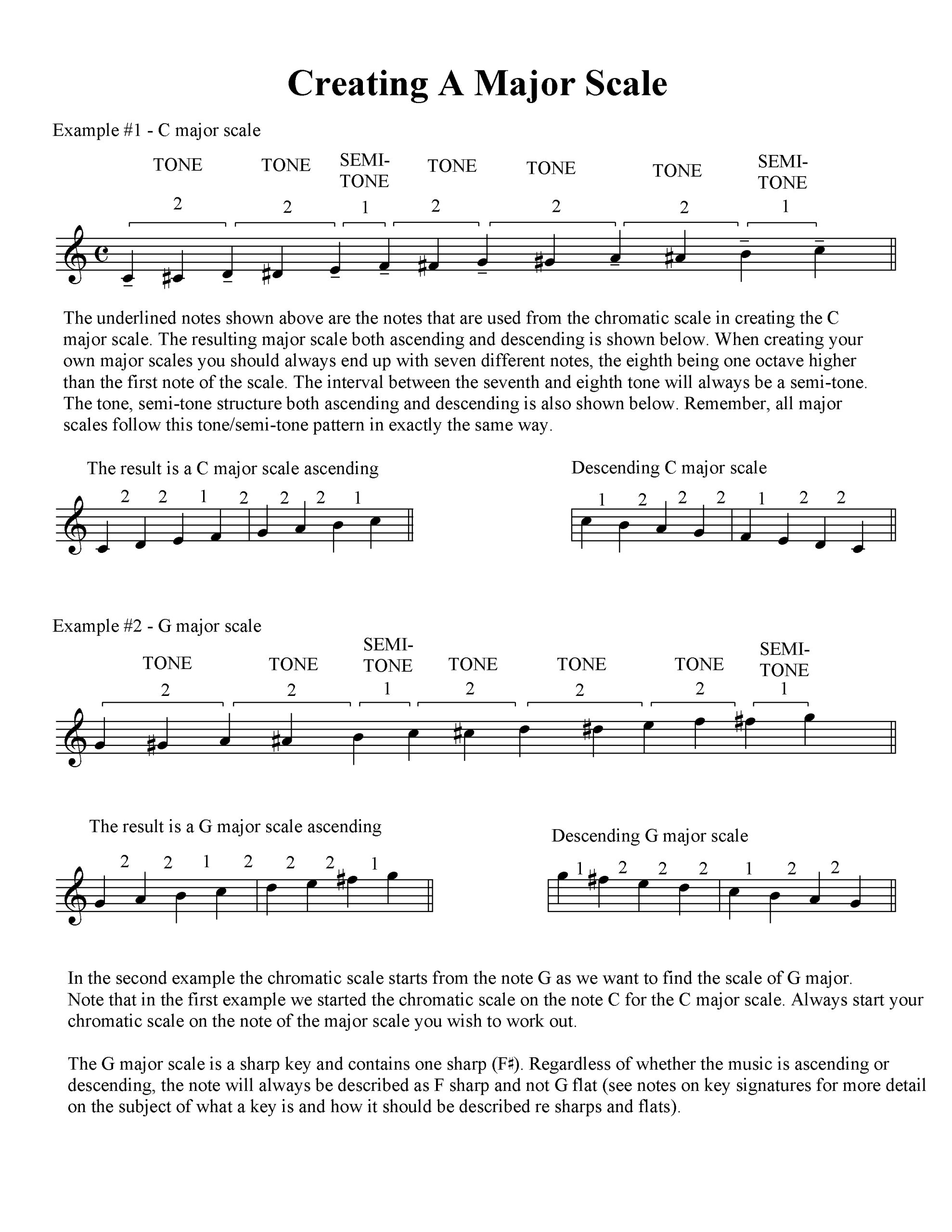
Understanding the diatonic scale empowers musicians to explore the vast world of music theory and embark on creative musical journeys. By harnessing the power of intervals and the sequencing of notes, musicians can create captivating compositions that resonate with listeners.

“The diatonic scale is like a palette of musical colors. With its various intervals and sequencing of notes, it allows musicians to paint beautiful and captivating compositions.”
Diatonic Triads in Major and Minor Keys
Within the diatonic scale of any key, musicians can construct diatonic triads, which are three-note chords built on each degree of the scale. These triads can be classified as major or minor, depending on the qualities of the intervals between their constituent notes. Understanding diatonic triads is essential in creating harmonically rich and balanced compositions.
Diatonic triads are formed by stacking thirds on each degree of the diatonic scale. In a major key, the triads are classified as follows:
- I (Tonic) – Major triad (Maj)
- ii (Supertonic) – Minor triad (Min)
- iii (Mediant) – Minor triad (Min)
- IV (Subdominant) – Major triad (Maj)
- V (Dominant) – Major triad (Maj)
- vi (Submediant) – Minor triad (Min)
- vii° (Leading tone) – Diminished triad (Dim)
In a minor key, the classification of diatonic triads is as follows:
- i (Tonic) – Minor triad (Min)
- ii° (Supertonic) – Diminished triad (Dim)
- III+ (Mediant) – Augmented triad (Aug)
- iv (Subdominant) – Minor triad (Min)
- V (Dominant) – Major triad (Maj)
- VI (Submediant) – Major triad (Maj)
- vii° (Leading tone) – Diminished triad (Dim)
Understanding the qualities of diatonic triads in major and minor keys is crucial in creating chord progressions that evoke specific emotions and establish tonal centers.
When constructing diatonic triads, musicians can experiment with various inversions and voicings to add depth and character to their compositions. By combining diatonic triads with other chord qualities, such as major seventh chords or extended chords, musicians can further explore harmonically rich possibilities.
The Relationship Between Chords in the Diatonic Scale
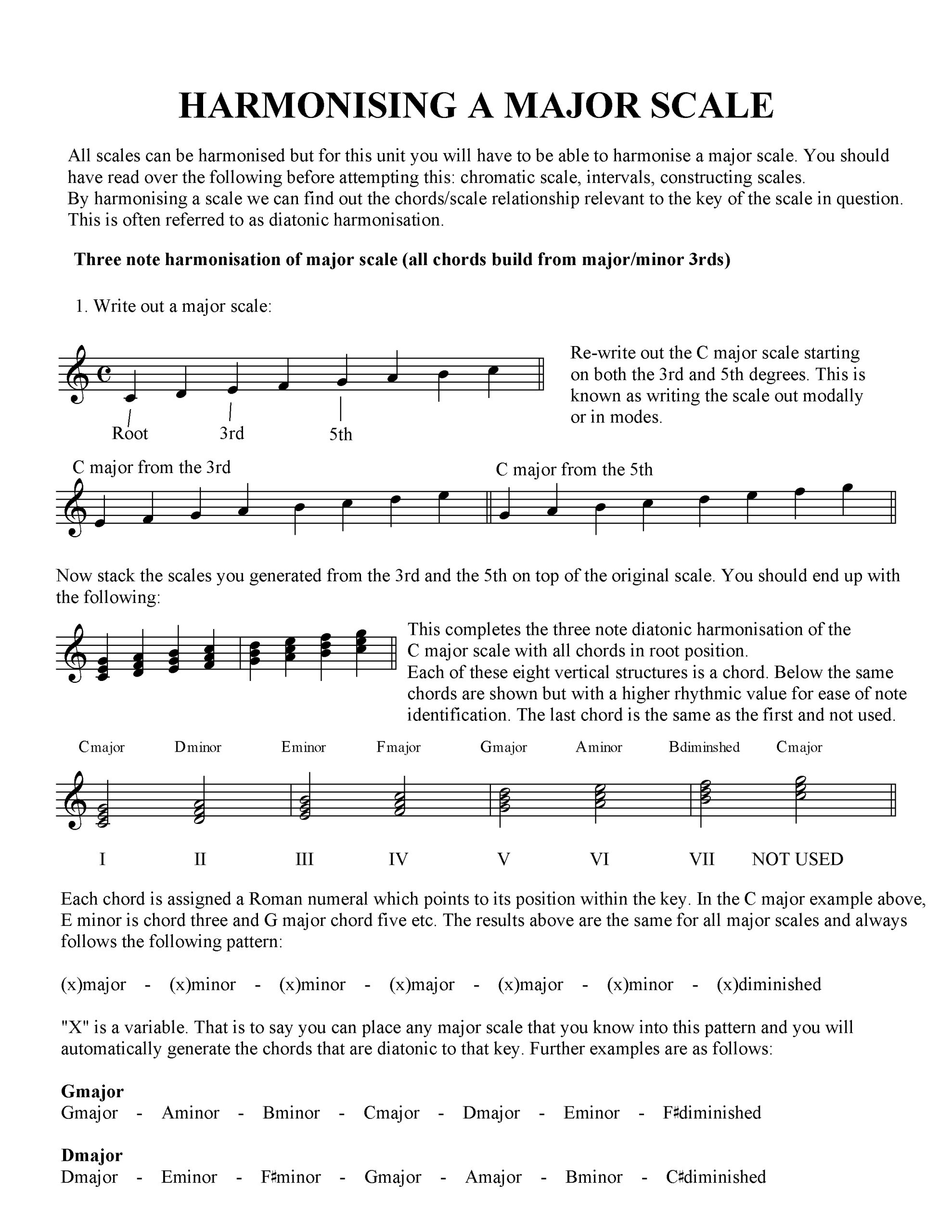
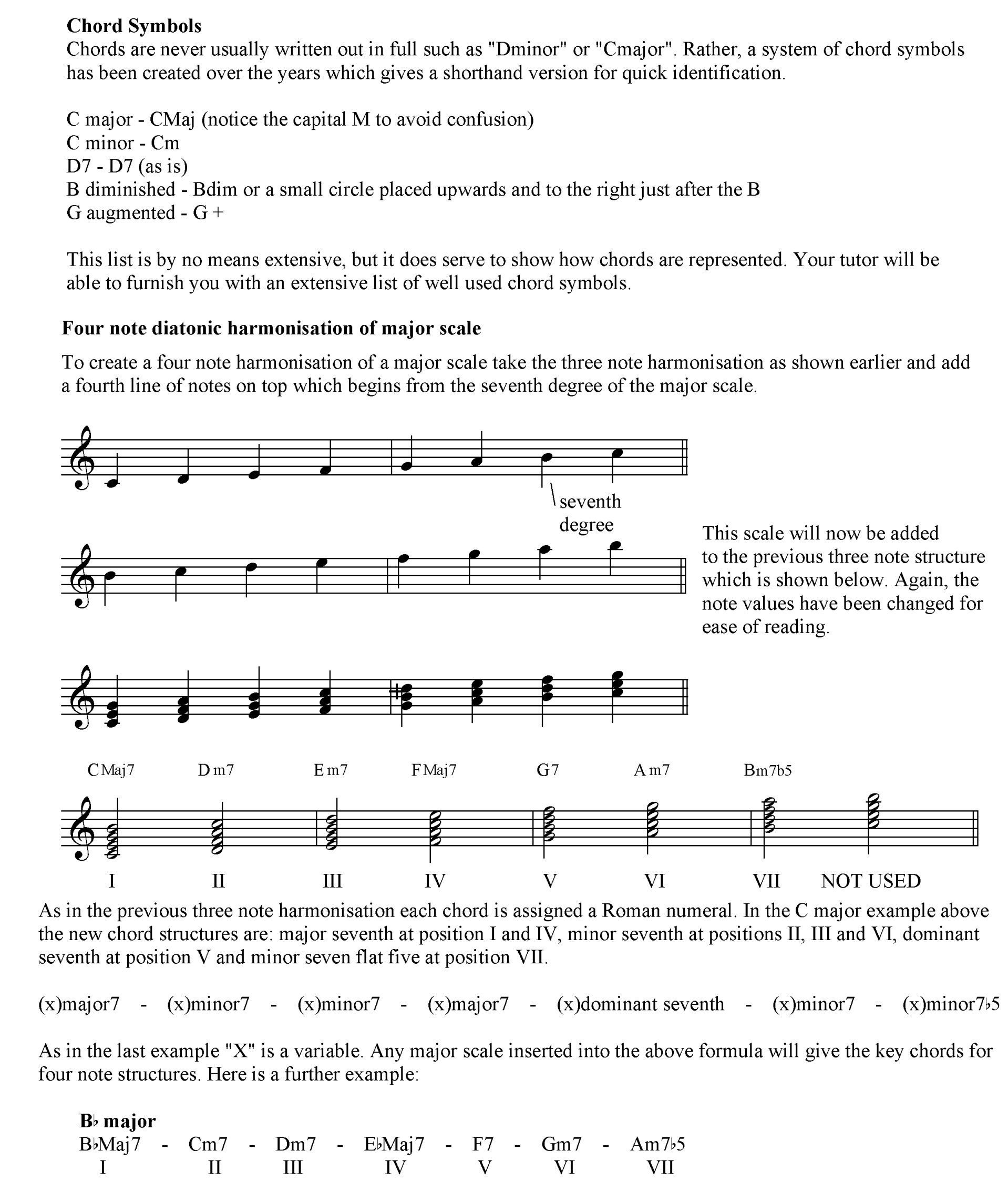
To truly understand diatonic harmony, it’s crucial to grasp the inherent relationships between chords within a specific key. These relationships form the backbone of chord progressions and contribute to the overall tonal character of a piece of music.
Tonic Chord: Establishing the Home Base
The most important relationship is that of the tonic chord. Often referred to as the “home chord,” it serves as the foundation and point of resolution in a musical composition. The tonic chord provides a sense of stability and finality, creating a grounding effect.
Dominant Chord: Leading to Resolution
The dominant chord holds a significant position in chord relationships. It acts as a natural leading chord, exerting a strong pull towards the tonic chord. This tension and release dynamic created by the dominant-tonic relationship adds intensity and forward motion to a musical progression.
Subdominant Chord: Supporting Stability
The subdominant chord is another essential player in diatonic harmony. It provides a sense of stability and acts as a support system for the tonic chord. The subdominant-tonic relationship contributes to the overall balance and coherence of the composition.
Understanding the relationships between these three primary chords, the tonic, dominant, and subdominant, opens up a world of possibilities for chord progressions, allowing you to create tension, release, and stability in your musical compositions.
By recognizing and utilizing these chord relationships within the diatonic scale, you can craft harmonically rich and compelling musical pieces that resonate with your listeners.
Identifying Diatonic Chords in a Key
To identify diatonic chords in a key, you have two popular notations at your disposal: Roman numeral notation and the Nashville Number System. These methods provide a systematic and efficient way to represent and understand the diatonic chords within a given key.
In Roman numeral notation, capital Roman numerals represent major chords, while lowercase numerals represent minor chords. For example, in the key of C major, the diatonic chords are written as:
- I (C major)
- ii (D minor)
- iii (E minor)
- IV (F major)
- V (G major)
- vi (A minor)
- vii° (B diminished)
Using this notation, you can easily identify the diatonic chords in any key. It allows for quick analysis, transposition, and understanding of chord progressions.
The Nashville Number System, on the other hand, uses numbers to represent the diatonic chords. In this system, the major chords are represented by Arabic numerals, while lowercase Roman numerals represent the minor chords. For instance, in the key of C major, the diatonic chords are represented as:
- 1 (C major)
- 2 (D minor)
- 3 (E minor)
- 4 (F major)
- 5 (G major)
- 6 (A minor)
- 7 (B diminished)
The Nashville Number System is particularly popular among musicians in the country and pop genres, as it allows for easy transposition across different keys.
Using Roman numeral notation or the Nashville Number System simplifies the process of identifying and understanding the diatonic chords in a given key. These notations are valuable tools for musicians, composers, and arrangers, providing a common language for analyzing and discussing chord progressions.
To illustrate the visual representation of diatonic chords in a key, refer to the chord diagram below:
The notations and diagrams above enable you to quickly identify and work with diatonic chords in different musical contexts. Whether you’re analyzing a piece of music, composing your own song, or exploring chord progressions, these notations give you the tools to navigate the world of diatonic harmony with ease and precision.
Common Chord Progressions in Diatonic Harmony
When it comes to creating captivating and harmonically rich music, understanding common chord progressions derived from diatonic harmony is essential. These progressions have been used in countless popular songs and can be a powerful tool for composers and songwriters. Let’s explore some of the most versatile and widely used chord progressions:
1. Turnaround Progression
The turnaround progression is commonly used in jazz, blues, and rock genres. It provides a smooth transition between sections of a song, leading the listener back to the starting point. The most common turnaround progression is the I-IV-I-V-I progression, where the Roman numerals represent the chords built on the corresponding degrees of the diatonic scale.
2. Axis Progression
The axis progression, also known as the “Axis of Awesome” progression, gained popularity after the comedy-music group Axis of Awesome used it to showcase how many popular songs can be played using the same chord progression. The progression follows a simple I-V-vi-IV pattern and can be transposed to any key.
3. Country Progression
The country progression is a staple in country music, often associated with heartfelt and storytelling songs. It typically follows a I-IV-V-I pattern, providing a solid foundation for catchy melodies and relatable lyrics. The country progression is known for its simplicity and emotional impact.
4. Six-Minor Progression
The six-minor progression is a versatile and catchy chord progression used in various genres, including pop, rock, and R&B. It is characterized by the use of the vi chord, providing a contrasting and emotional sound. The common progression is vi-IV-I-V, where the vi chord is followed by the IV, I, and V chords.
5. Doo-Wop Progression
The doo-wop progression emerged in the 1950s and became a trademark of the doo-wop genre. It features a cycle of chords that create a nostalgic and harmonically rich sound. The progression typically follows a I-vi-IV-V pattern, with the vi chord adding a touch of melancholy.
6. Jazz Progression
Jazz music is known for its complex harmony, and the jazz progression is no exception. It often involves a series of ii-V-I progressions, which create tension and resolution. Jazz musicians often experiment with extended chords and substitutions to add unique flavors to the progression.
7. Rock Progression
The rock progression is a driving force behind many rock anthems. It usually follows a I-IV-V pattern, providing a powerful and energetic sound. This progression is versatile and can be found in various subgenres of rock, ranging from classic rock to alternative and hard rock.
By familiarizing yourself with these common chord progressions, you can harness the power of diatonic harmony and create compelling music in various genres. Experiment with these progressions, transpose them to different keys, and add your unique twists to make them your own.
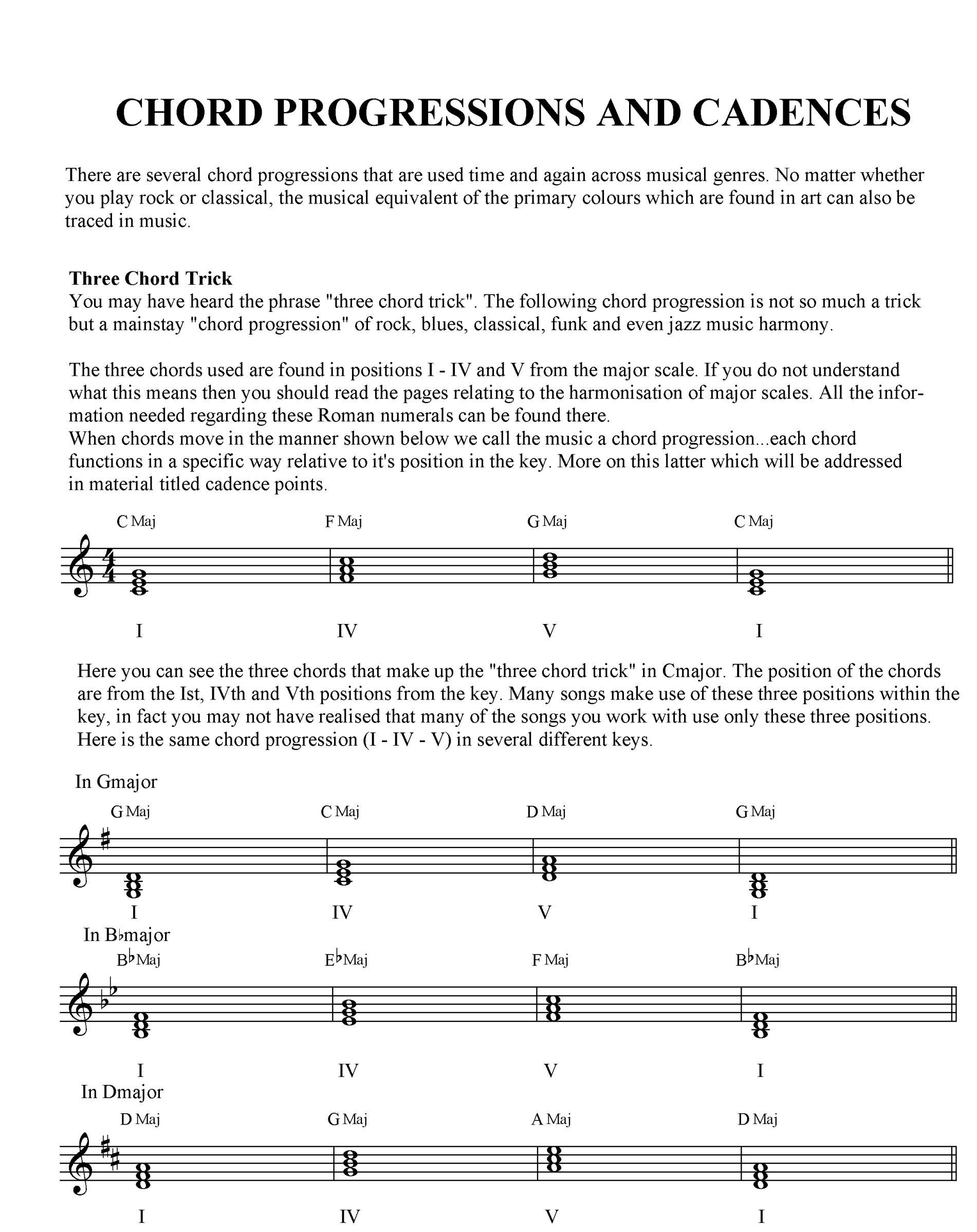
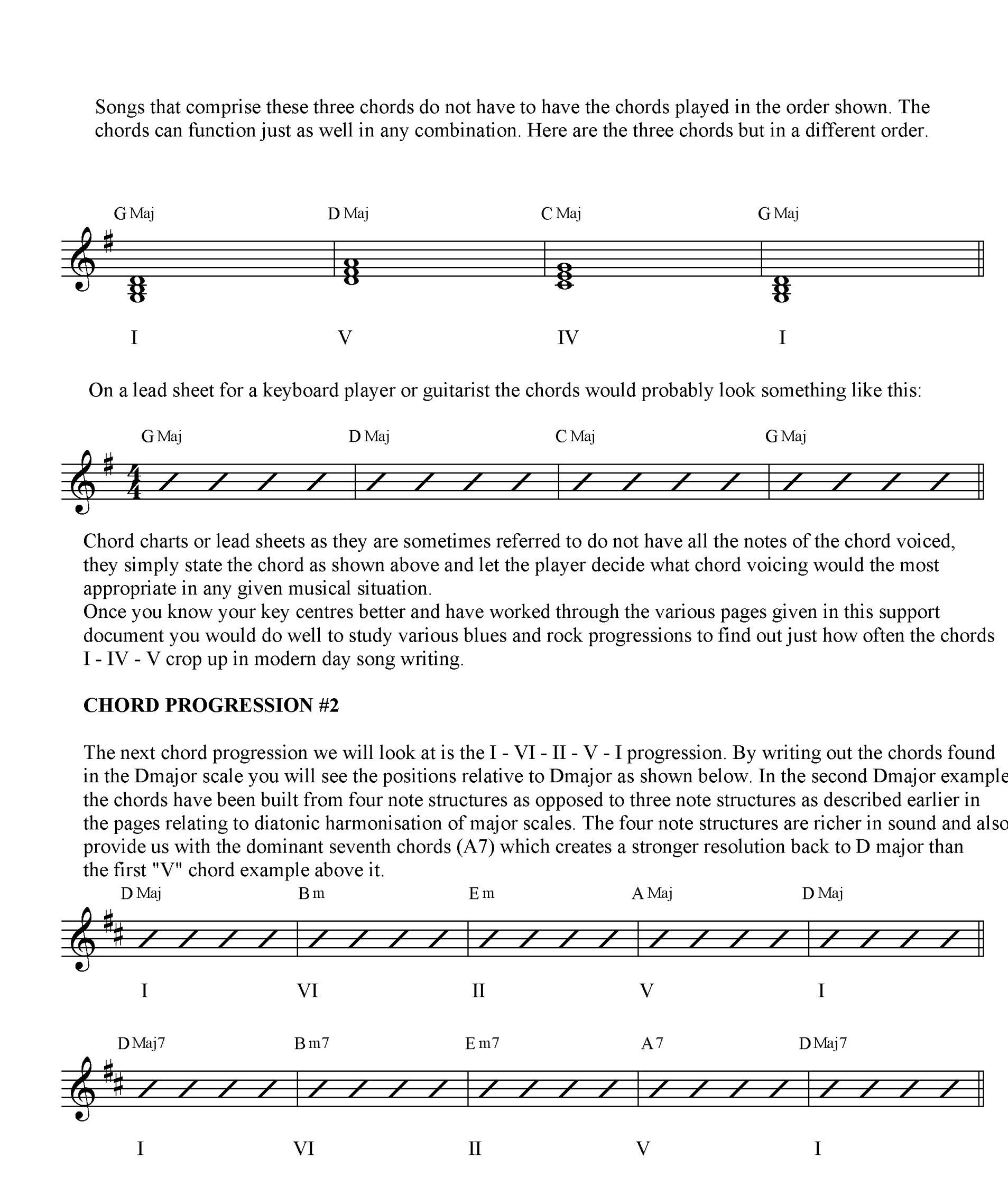
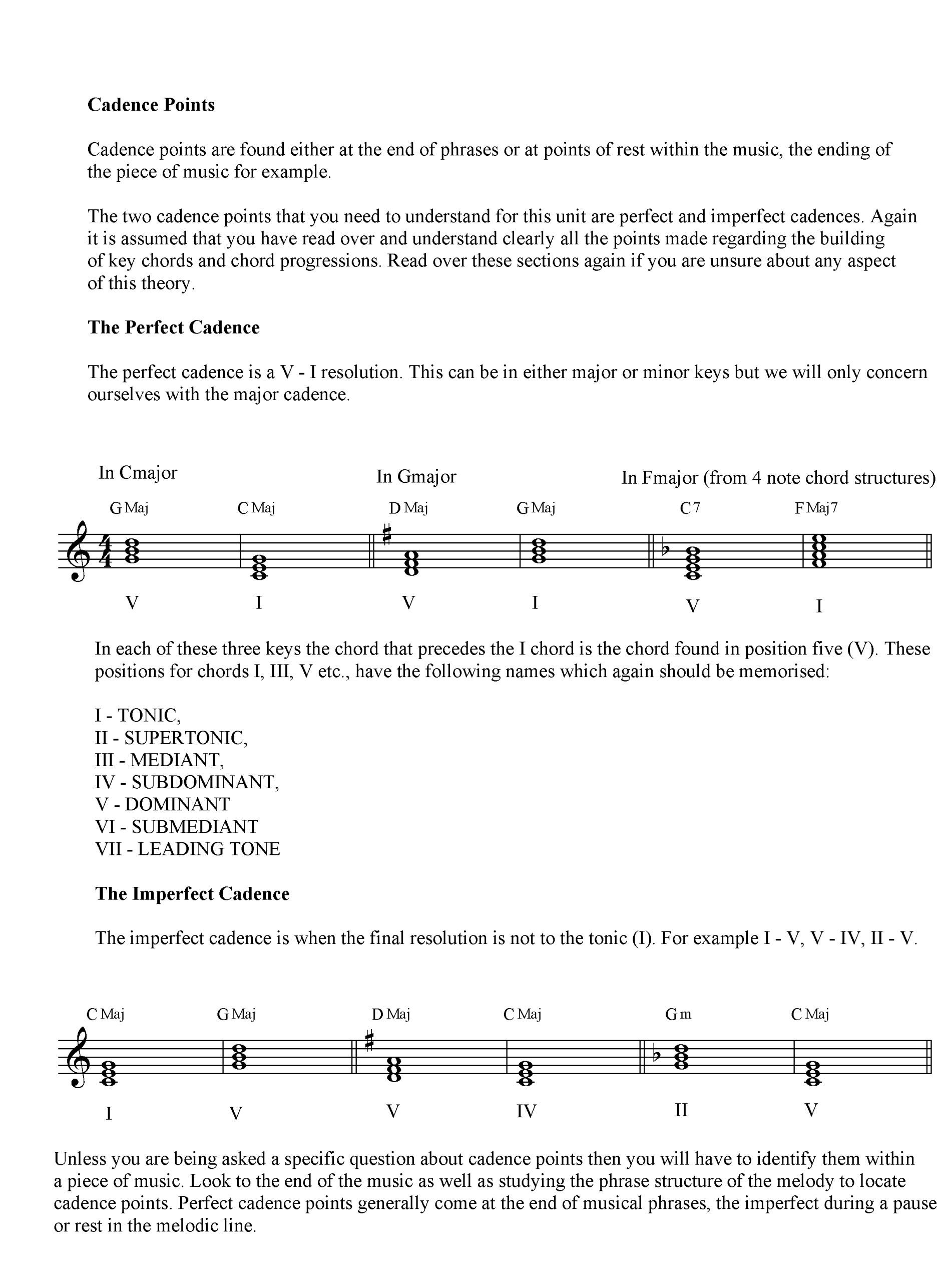
Diatonic Seventh Chords in Harmonic Progressions
Diatonic seventh chords are an essential tool for adding depth and complexity to your harmonic progressions. These chords go beyond simple triads and introduce additional tones that create tension and resolution within your music. By incorporating diatonic seventh chords, you can elevate the emotional impact and sophistication of your compositions.
There are two types of diatonic seventh chords – major seventh chords and minor seventh chords. Major seventh chords consist of a major triad (root, major third, and perfect fifth) with the addition of a major seventh interval. They convey a sense of warmth, richness, and dreaminess, making them perfect for creating serene and introspective moods.
On the other hand, minor seventh chords feature a minor triad (root, minor third, and perfect fifth) with an added minor seventh interval. These chords evoke a slightly melancholic and introspective feel, adding a touch of sophistication to your progressions.
When incorporating diatonic seventh chords into your harmonic progressions, pay attention to their unique characteristics and emotional qualities. Major seventh chords typically create a sense of stability and resolution when moving to their tonic or dominant chords. Minor seventh chords offer a more subtle and ambiguous tonality, often leading to other minor chords or providing moments of tension that resolve to major chords.
To master diatonic seventh chords, start by familiarizing yourself with their construction within each major or minor key. A good practice is to play the diatonic seventh chords in various progressions, exploring their different sound qualities and emotional effects. Experiment with chord voicings and inversions to find the smoothest voice leading and create seamless transitions between chords.
Adding diatonic seventh chords to your harmonic progressions can unlock a whole new level of musical expression and creativity. They add color, depth, and emotional impact to your compositions, providing exciting possibilities for dynamic changes and captivating musical journeys.
By incorporating diatonic seventh chords into your musical toolbox, you can elevate your compositions to new heights, creating harmonically rich and captivating pieces that resonate with your audience.
Seventh Chord Inversions and Harmonic Fluidity
Seventh chord inversions play a crucial role in enhancing the harmonic fluidity and voice leading of compositions. By rearranging the notes of a seventh chord in different voicings, musicians can create unique textures and add depth to their musical progressions.
The use of seventh chord inversions allows for smooth transitions between chords, resulting in a seamless flow of harmony. When transitioning from one chord to another, the choice of inversions can facilitate a more melodic and natural movement of the individual voices within the chord.
Voice leading, achieved through the strategic use of inversions, ensures that the melodic lines within the chord progression move smoothly and logically. This attention to voice leading not only contributes to the overall coherence and musicality of the composition but also enhances the emotional impact on the listener.
Chord voicings, created by rearranging the order of notes within a chord, add a distinct character and color to the sound. By experimenting with different chord voicings, musicians can find the perfect combination that best expresses their musical intentions.
These variations in chord voicings can also contribute to the dynamic and textural qualities of the composition, allowing certain notes or voices to stand out or blend harmoniously with the surrounding chords.
Overall, seventh chord inversions and the exploration of different chord voicings offer a wealth of creative possibilities for musicians seeking to create harmonic fluidity and enhance the emotional impact of their compositions.
“Seventh chord inversions and unique chord voicings are powerful tools for adding depth and expressiveness to your music.”
Adding Complexity with Extended Chords in Diatonic Harmony
Extended chords are a powerful tool for adding richness and complexity to diatonic harmony. These chords go beyond the basic triads and seventh chords, incorporating additional notes that extend beyond the diatonic scale. By introducing new tones into the harmony, extended chords provide a wider range of musical expression and unlock exciting possibilities for composition and performance.
“Extended chords open up a whole new world of possibilities for musical expression. They add color, depth, and sophistication to your compositions, allowing you to create unique harmonies and captivating progressions that evoke a specific mood or emotion.”
With extended chords, you can experiment with different tensions, such as the major ninth, eleventh, or thirteenth, to enhance the musical texture and create a more nuanced sound. These additional tones add complexity and harmonic interest, elevating your compositions to new heights of musical expression.
Exploring Extended Chord Variations
There are various types of extended chords you can explore in diatonic harmony, including:
- Major seventh chords with added sixth (add6)
- Major seventh chords with added ninth (add9)
- Major seventh chords with added thirteenth (add13)
- Dominant seventh chords with added ninth (9)
- Dominant seventh chords with added eleventh (11)
- Minor seventh chords with added sixth (m6)
- Minor seventh chords with added ninth (m9)
Each extended chord variation brings its own unique flavor and can be used to enhance specific musical ideas or evoke specific emotions.
Using Extended Chords in Composition and Performance
When incorporating extended chords into your compositions or performances, it’s important to consider their role in the overall harmonic structure. Extended chords can add tension and instability, creating a sense of musical anticipation that resolves in a satisfying way. By strategically placing extended chords within your chord progressions, you can create moments of tension and release that engage and captivate your audience.
Remember to experiment with different voicings and inversions to find the most effective and expressive way to play extended chords. This will allow you to explore different timbres and create unique sonic textures that enhance the overall musical experience.
As you delve into the world of extended chords in diatonic harmony, you’ll discover a wealth of musical possibilities that can take your compositions to the next level. Their richness, complexity, and ability to evoke powerful emotions make extended chords an essential tool for any musician or composer seeking to expand their musical expression.
Unlocking Creative Opportunities with Chord Codes
Are you an aspiring songwriter or musician looking to create captivating chords for your compositions? Look no further than chord codes, a music theory hack that allows you to effortlessly unlock a world of creative opportunities in chord creation. With chord codes, you can create chords without extensive knowledge of music theory, enabling you to focus on the tone and feel of your compositions.
Chord codes are based on formulas and patterns that can be easily understood and applied by musicians of all levels. By mastering these codes, you can quickly generate chords that fit seamlessly into your songwriting process. Whether you’re looking to add tension, create a dreamy atmosphere, or evoke a particular emotion, chord codes are your secret weapon for achieving your desired sound.
One benefit of chord codes is their simplicity. Rather than grappling with complex music theory concepts, you can use chord codes to build chords intuitively. These codes provide a shortcut to creating harmonious and expressive chord progressions, saving you time and effort in the songwriting process.
Unlocking Chord Patterns with Chord Codes
Chord codes rely on patterns found within the diatonic scale and chord construction. By understanding these patterns, you can uncover endless possibilities for chord creation. Let’s take a closer look at some common chord codes:
- I: Represents the tonic chord, which is the chord built on the first degree of the major scale. This chord provides a stable foundation for your composition.
- IV: Represents the subdominant chord, built on the fourth degree of the major scale. This chord adds a sense of anticipation and tension, preparing the listener for resolution.
- V: Represents the dominant chord, built on the fifth degree of the major scale. This chord creates a strong sense of tension that naturally resolves back to the tonic chord.
- vi: Represents the relative minor chord, built on the sixth degree of the major scale. This chord adds a melancholic or introspective touch to your compositions.
By combining these basic chord codes with your creativity and musical intuition, you can craft unique chord progressions that enhance the emotional impact of your songs. Experimenting with different chord codes and their variations will help you develop your own signature sound.
“Chord codes are a game-changer in my songwriting process. They allow me to quickly experiment with different chord progressions, giving my songs a fresh and unique sound. The simplicity of chord codes saves me time and allows me to focus on my creativity.” – Name, Songwriter
No matter your skill level or genre, chord codes offer a music theory hack that can revolutionize your songwriting process. They provide a shortcut to crafting captivating chord progressions, allowing you to focus on honing your musical expression and connecting with your audience.
Unlock your creative potential with chord codes and take your songwriting to the next level. Embrace this music theory hack and watch as your compositions come alive with harmonious and expressive chords.
Building the Foundation of a Song with Chords
Chords are an essential component of any song, providing the foundation for the harmonic and melodic elements that bring music to life. Understanding how to build chords and create compelling chord progressions is key for musicians and producers looking to construct captivating and cohesive compositions.
When crafting a song, you’ll want to consider various song elements such as the percussive sequence, melodic phrases, and chord progression. These elements work together to create a cohesive and compelling musical experience for your audience.
Start by focusing on the chord progression—the sequence of chords that form the backbone of your song. The chord progression sets the emotional tone and establishes the overall harmonic framework. Experiment with different chord progressions to find the right combination of tension and release, and to convey the desired mood or emotion.
To begin building your chord progression, you’ll need to understand the construction of chords. Chords are formed by combining different notes played simultaneously. The notes within a chord are typically derived from a scale, such as the major or minor scale. By selecting specific notes from a scale, you can build chords with different qualities, such as major, minor, or diminished.
Once you have a basic understanding of chord construction, you can experiment with different chord voicings and inversions to create unique and interesting sounds. Chord voicings refer to the arrangement of the notes within a chord, while inversions involve changing the order of the notes. These techniques can add complexity and texture to your chord progressions, enhancing the overall musical experience.
Remember that harmonizing your chords with the melody is crucial for achieving a cohesive song structure. The melodic phrases should complement the underlying chord progression, creating a seamless and harmonious interplay between the two elements.
Throughout the songwriting process, don’t be afraid to think outside the box and explore unique chord progressions or unconventional harmonic choices. Breaking away from traditional chord progressions can result in fresh, memorable compositions that captivate listeners.
“The beauty of music lies in the endless possibilities of chord progressions. Experiment, express yourself, and let the chords shape the soul of your song.” – Unknown
By understanding the importance of chords, how to build them, and how to create captivating chord progressions, you can lay a solid foundation for your musical creations. The right chords can evoke emotion, create tension and release, and ultimately elevate your songs to new heights.
Demystifying Theory for Modern Producers
The world of music production has undergone significant changes in recent years, with advancements in technology making it easier than ever for aspiring producers to create professional-sounding tracks. One aspect of music production that often intimidates newcomers is music theory. However, with the advent of tools like piano rolls and MIDI notation, understanding music theory is no longer limited to those with extensive knowledge of traditional notation.
Traditionally, musicians relied on sheet music and notation symbols to understand and create music. This approach, while effective, requires a steep learning curve and can be overwhelming for producers focused more on creating catchy melodies and grooves than reading complex musical scores.
Music Theory for Producers: Simplified and Accessible
Piano rolls and MIDI notation have revolutionized the way producers approach music theory. These tools provide a visual representation of musical elements, making it easier to understand concepts like scales, chords, and harmonies.
A piano roll, typically found in digital audio workstations (DAWs), displays a virtual piano keyboard with colored bars representing each note. Producers can visually arrange and manipulate these notes, allowing for real-time editing and experimentation. With the help of piano rolls, producers can quickly understand how melodies and chords are constructed and create unique musical ideas.
MIDI notation, on the other hand, allows producers to view and edit musical information in a digital format. MIDI (Musical Instrument Digital Interface) is a language that translates musical data into digital signals. By utilizing MIDI notation, producers can see the relationship between notes, easily transpose melodies to different keys, and experiment with different chord progressions.
Applying Music Theory to Composition
Understanding music theory through piano rolls and MIDI notation enables producers to apply their newfound knowledge directly to their compositions. Armed with a basic understanding of scales, chords, and progressions, producers can create melodies that fit harmonically and experiment with different chord structures to add complexity and emotion to their tracks.
Moreover, producers can use MIDI notation to explore various musical styles and genres. They can experiment with different chord progressions, try out catchy melodies, and create arrangements that captivate listeners. With these tools, producers have the freedom to express their creativity while still adhering to the principles of music theory.
“Piano rolls and MIDI notation have leveled the playing field for producers, allowing even those with limited music theory knowledge to create professional-grade tracks.” – Music Industry Expert
Breaking Barriers and Unlocking Creativity
By demystifying music theory with the help of piano rolls and MIDI notation, producers can break through the barriers that once limited their creative potential. These tools provide a user-friendly approach to learning music theory, enabling producers to focus more on expressing their unique musical ideas rather than getting lost in complex notation.
Whether you’re an aspiring producer looking to create your first masterpiece or an experienced musician seeking new ways to enhance your compositions, embracing piano rolls and MIDI notation can open up a world of possibilities. So, dive in, experiment, and let your creativity soar!
The Basics of Major and Minor Scales
When it comes to Western music, major and minor scales are fundamental building blocks. These scales provide a framework of specific intervals that form the foundation of melodies and chords. Whether you’re a beginner musician or a seasoned composer, understanding major and minor scales is essential for creating harmonically rich and expressive music.
Let’s start with the major scale. It is a diatonic scale consisting of seven notes and follows a specific pattern of intervals. The most recognizable example of the major scale is the “do-re-mi” sequence popularized in the song “Do-Re-Mi” from The Sound of Music. The major scale is often associated with a bright and uplifting sound, and it serves as the basis for many popular songs.
The minor scale, on the other hand, has a different pattern of intervals and evokes a more somber and melancholic mood. It is also a diatonic scale and consists of seven notes, but the specific intervals give it a unique character. The natural minor scale, for instance, has a distinctive minor third interval that contributes to its emotional depth. Many classical compositions and contemporary ballads are written in minor keys, lending a touch of introspection and introspective quality to the music.
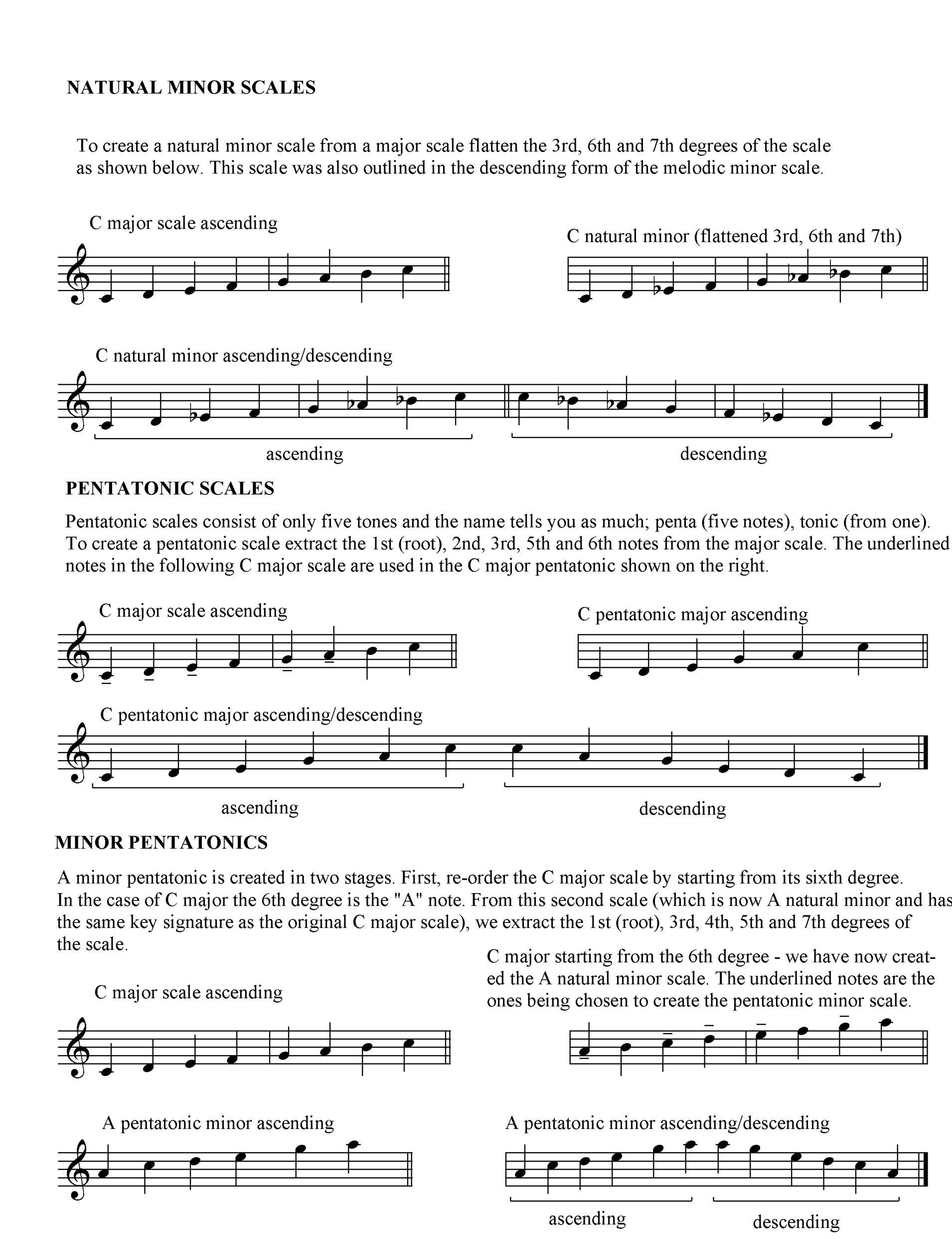
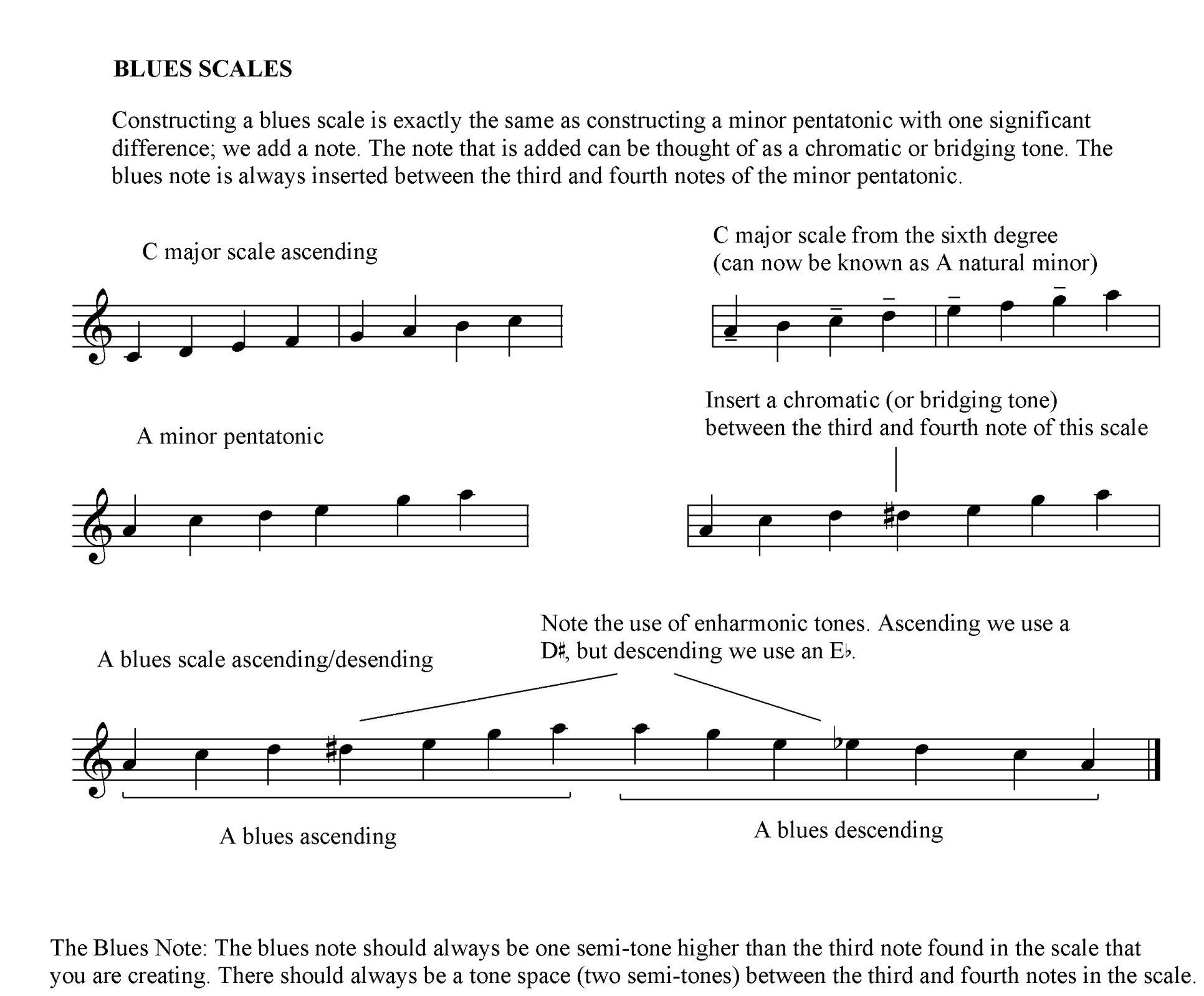
The major and minor scales are determined by the chosen root note, which acts as the starting point for the scale. For example, if you choose C as the root note, the C major scale will consist of the notes C, D, E, F, G, A, and B. Similarly, the C natural minor scale will include the notes C, D, E♭, F, G, A♭, and B♭. By understanding the intervals and pattern of notes within these scales, musicians can create captivating melodies and build harmonically rich chords.
Learning major and minor scales is not only helpful for composition but also beneficial for developing your ear and musical intuition. These scales provide a solid foundation for understanding music theory and serve as a reference point for exploring different modes, chord progressions, and improvisation.
Unlock the full potential of your musical journey by mastering the basics of major and minor scales. The possibilities are endless when you grasp the depth and versatility of these fundamental musical elements.
“The major and minor scales are like a palette of colors for musicians. Once you understand how to use them, you can paint a masterpiece of melodies and harmonies.” – Musician Name
Key Takeaways:
- The major and minor scales are the foundation of Western music.
- The major scale is known for its bright and uplifting sound.
- The minor scale has a more somber and introspective mood.
- Determining the root note determines the specific major or minor scale.
- By understanding major and minor scales, musicians can create melodies and build chords harmonically.
Now that you have a basic understanding of major and minor scales, let’s delve deeper into utilizing intervals in music creation.
Utilizing Intervals in Music Creation
Intervals are like the building blocks of music, providing essential landmarks and distance between notes. They play a crucial role in music creation, allowing musicians to craft chords, melodies, and harmonies that evoke specific emotions and convey their musical ideas effectively.
Musical intervals are the spaces between two notes, defined by their distance in pitch. They can be classified as major, minor, perfect, augmented, or diminished, each with its unique characteristics and tonal qualities. Understanding the characteristics of intervals empowers musicians to make intentional choices in their compositions.
Intervals are instrumental in creating melodies that captivate listeners and leave a lasting impression. By skillfully utilizing intervals, musicians can shape their melodies to rise and fall, creating tension and release that grabs the audience’s attention. Whether it’s a stirring, emotive line or a catchy and memorable hook, intervals bring melodies to life.
Harmony, the art of combining multiple notes simultaneously, also heavily relies on intervals. By strategically crafting harmonies using intervals, musicians can create lush, vibrant chords that add depth and complexity to their compositions. Whether it’s the rich, resonant sound of a major seventh chord or the melancholic beauty of a minor sixth, intervals contribute to the harmonic palette and overall tonal color.
“Intervals provide the connective tissue in music, giving it structure and coherence. They allow us to tell stories and evoke emotions through our melodies and harmonies.”
– Emily Pearson, Music Theory Educator
It’s important to note that intervals can be approached from a theoretical standpoint, but they also play a significant role in practical music creation. Whether you’re a classically trained composer or an aspiring songwriter, the understanding and application of intervals can greatly enhance your creative process.
To further illustrate the significance of intervals in music creation, consider the image below:
As seen in the image, intervals are represented visually, showcasing the distance between different notes on a piano keyboard. This visualization can aid in understanding and recognizing intervals in musical contexts.
By harnessing the power of intervals, musicians can unleash their creativity and express their artistic visions through melody and harmony. Whether it’s a heart-wrenching ballad or an uplifting anthem, intervals are essential tools that help shape the musical landscape.
Conclusion
Understanding diatonic chord theory is the cornerstone of music education and a vital aspect of music theory. By delving into the intricacies of chord progressions, harmony, and the construction of chords within the major scale, musicians can unlock a world of creativity and musical expression.
Through a comprehensive knowledge of diatonic harmony, composers, songwriters, and performers can craft captivating compositions that resonate with listeners on an emotional level. The power of creating harmonically rich and balanced chord progressions allows musicians to evoke specific moods and convey their musical ideas effectively.
With a strong foundation in diatonic chord theory, musicians can confidently navigate the vast landscape of music. Whether composing, arranging, improvising, or analyzing music, understanding the principles of diatonic harmony opens up endless possibilities for musical exploration and growth.
FAQ
What is diatonic harmony?
Diatonic harmony is the foundation of music theory and involves chords derived from the notes of the major scale. It plays a significant role in shaping the emotional and tonal characteristics of music.
Why is understanding diatonic harmony important?
Understanding diatonic harmony provides a solid foundation for analyzing, composing, and arranging music. It allows musicians to create captivating progressions and cadences that evoke specific emotions and moods.
What is the diatonic scale?
The diatonic scale is a seven-note musical scale that forms the basis of diatonic harmony. It follows a consistent pattern of whole and half steps.
What are diatonic triads?
Diatonic triads are three-note chords built on each degree of the diatonic scale. They can be classified as major or minor, depending on the qualities of the intervals between their constituent notes.
What are the relationships between chords in the diatonic scale?
The most important relationship is the tonic chord, which provides a sense of resolution. Other significant relationships include the dominant chord, which leads to the tonic, and the subdominant chord, which provides stability.
How do you identify diatonic chords in a key?
Diatonic chords in a key can be identified using Roman numeral notation or the Nashville Number System. Capital Roman numerals represent major chords, while lowercase numerals represent minor chords.
What are some common chord progressions in diatonic harmony?
Common chord progressions derived from diatonic harmony include the turnaround progression, axis progression, country progression, six-minor progression, do-wop progression, jazz progression, and rock progression.
What are diatonic seventh chords?
Diatonic seventh chords are an extension of diatonic harmony and add complexity to harmonic progressions. They include major seventh chords and minor seventh chords.
How do seventh chord inversions contribute to harmonic fluidity?
Seventh chord inversions contribute to smooth voice leading and seamless transitions between chords, promoting harmonic fluidity in compositions.
What are extended chords?
Extended chords go beyond triads and seventh chords, incorporating additional notes beyond the diatonic scale. They add richness and complexity to diatonic harmony.
What are chord codes?
Chord codes are a quick and effective method of creating chords without extensive music theory knowledge. They allow musicians to effortlessly create chords that fit the tone and feel of their compositions.
What is the role of chords in a song?
Chords provide the foundation for the harmonic and melodic elements of a song. Understanding how to build chords and create chord progressions allows musicians to construct captivating and cohesive compositions.
How can music theory be applied to modern producers?
Modern producers can use piano rolls and MIDI notation to gain a basic understanding of music theory and apply it directly to their compositions without needing extensive knowledge of traditional notation.
What are major and minor scales?
Major and minor scales are the most common scales used in Western music. They consist of specific patterns of intervals and are determined by the chosen root note.
What is the significance of intervals in music creation?
Intervals provide landmarks and distance between notes, allowing musicians to strategically create chords, melodies, and harmonies that express specific emotions and convey musical ideas.
Why is understanding diatonic chord theory essential?
Understanding diatonic chord theory provides a solid foundation for musicians, composers, and music enthusiasts to create captivating compositions, explore harmonic possibilities, and effectively express their musical ideas.
Source Links
- https://unison.audio/theory-essentials/
- https://greenhillsguitarstudio.com/understanding-diatonic-harmony/
- https://viva.pressbooks.pub/openmusictheory/chapter/diatonic-modes/
This post may contain affiliate links. As an Amazon associate, Google associate as well as associate for other programs, Guitar & Music Institute may earn commissions from qualifying purchases.




